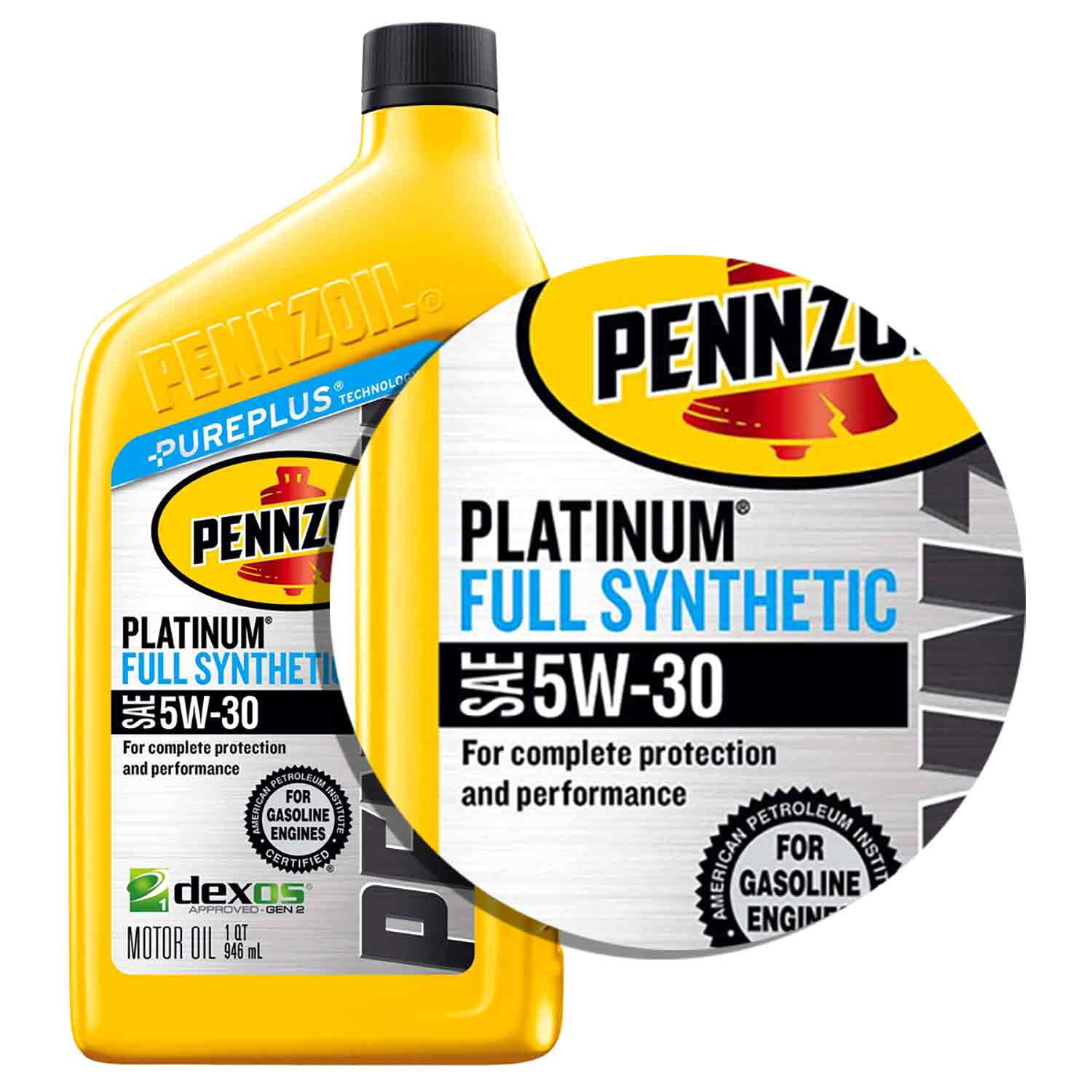Motor oil is vital to keeping your vehicle’s engine lubricated, cool, and running smoothly. As vehicle manufacturing and technology continues to improve, motor oil also has to adapt with the changes. Understanding the different oil grades might appear confusing, but we’ll “brake” it down for you.

Understanding the Viscosity of Oil
Viscosity = is the measure of any liquid’s resistance to flow.
The viscosity of any given oil is directly affected by its temperature. If the temperature is increased, the viscosity of the oil is decreased, making the oil more fluid like water. Likewise, if the temperature is decreased, the viscosity of the oil is increased, making the oil move slower.
In other words…
Cold Oil = Thick
Hot Oil = Thin
Most oils are labeled by a number followed by a “W,” which stands for winter, then a second number. This means it’s a multi-viscosity oil or an oil that can be used year-round because it can adjust to both cool and hot temperatures.
The first number is the viscosity of the oil when the engine is cold. For example, a 5W motor oil will flow easier at a cooler temperature than 15W motor oil.
The second number, following the W, refers to the viscosity the oil is at when the engine is hot.
But wait a minute! Earlier we said that when things get hot they get thinner and when they get cold they get thicker. That’s just the natural way of things in the world. But by looking above, we see that motor oil flows quicker when cold and slower when it’s hot. How does this work??
Oil manufacturers use something called “viscosity modifiers” to make the oil behave this way. Viscosity modifiers are polymeric molecules that are sensitive to temperature.
At low temperatures, the molecule chain contracts and does not impact the fluid viscosity. At high temperatures, the chain relaxes and an increase in viscosity occurs. This technology allows the oil to get to your vital engine parts quickly on that cold winter morning, and then allows that same oil to be thick enough to protect those parts once the engine is up at operating temperature.

Your motor oil is always maintaining a delicate balance. It must be able to flow well when the engine is cold but also retain enough body at higher temperatures to keep metal parts lubricated and separated.
Why Oil Viscosities Have Changed in Recent Years
- Vehicle manufacturing is getting better. Engine shafts and bearings are more precise, making the clearance through the engine parts much smaller and requiring a thinner lubricant.
- It takes more effort to move thicker oil through an engine which could rob the performance of the engine and decrease the fuel efficiency.

How Do I Know What Oil is Right for My Vehicle?
We recommend that you always follow the manufacturer’s recommendations found in your vehicle’s owner’s manual or you can check this online guide. Some manufacturers will provide a range of recommended motor oil viscosity grades based on the outside temperature in which your car is driven.
Using a heavier or lighter viscosity grade than suggested can shorten the life of your engine. That’s why we do not recommend using an oil grade that is not listed in your owner’s manual.











